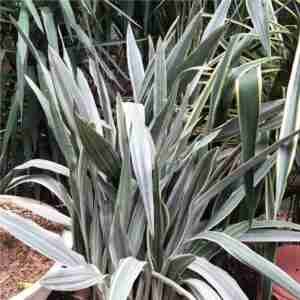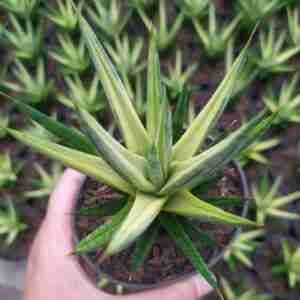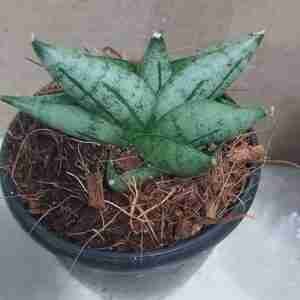Allamanda Yellow Wild Allamanda, commonly known as Allamanda Yellow / Wild Allamanda (Allamanda cathartica), is a tropical flowering vine admired for its vibrant yellow flowers and lush green foliage. Here’s a detailed overview:
Characteristics of Allamanda Yellow Wild Allamanda
- Flowers: The large, trumpet-shaped flowers are bright yellow, typically measuring about 3 to 4 inches (7.5 to 10 cm) in diameter. They attract pollinators like bees and butterflies.
- Foliage: The leaves are glossy, dark green, and oval-shaped, providing a lush backdrop for the bright flowers.
- Growth Habit: Allamanda is a vigorous, climbing vine that can reach lengths of up to 20 feet (6 meters) if supported.
Growing Allamanda Yellow / Wild Allamanda
1. Choosing a Location
- Sunlight: Allamanda Yellow / Wild Allamanda prefers full sun for optimal blooming. It can tolerate partial shade but will produce fewer flowers.
- Support: Provide a trellis, fence, or wall for the vine to climb.
2. Soil Preparation
- Soil Type: Well-drained, fertile soil is ideal. A sandy or loamy soil with good organic matter works best.
- pH Level: A slightly acidic to neutral pH (6.0 to 7.0) is preferred.
3. Planting of Allamanda Yellow Wild Allamanda
- Propagation: Allamanda can be propagated from seeds or stem cuttings. Cuttings should be taken from healthy, young stems.
- Planting Depth: If planting cuttings, ensure they are inserted about 4-6 inches (10-15 cm) deep into the soil.
4. Watering of Allamanda Yellow Wild Allamanda
- Keep the soil consistently moist, especially during the growing season. Allow the top inch of soil to dry out between waterings, as overwatering can lead to root rot.
5. Care and Maintenance of Allamanda Yellow Wild Allamanda
- Fertilization: Fertilize every 4-6 weeks during the growing season with a balanced, water-soluble fertilizer to encourage blooming.
- Pruning: Prune after flowering to shape the plant and remove any dead or damaged growth.
6. Pests and Diseases with Allamanda Yellow Wild Allamanda
- Pests: Watch for aphids, mealybugs, and spider mites. Treat infestations with insecticidal soap or neem oil.
- Diseases: Ensure good air circulation to prevent fungal diseases, and avoid overhead watering to minimize the risk of leaf spots.
Additional Tips
- Climate: Allamanda thrives in warm, tropical climates. In cooler areas, it can be grown as a container plant and brought indoors during colder months.
- Toxicity: All parts of the plant are considered toxic if ingested, so caution is advised around pets and children.
Allamanda is a stunning choice for adding a splash of color to gardens, fences, and trellises, providing a tropical feel wherever it grows!








Reviews
There are no reviews yet.